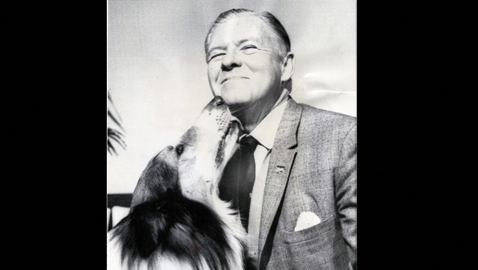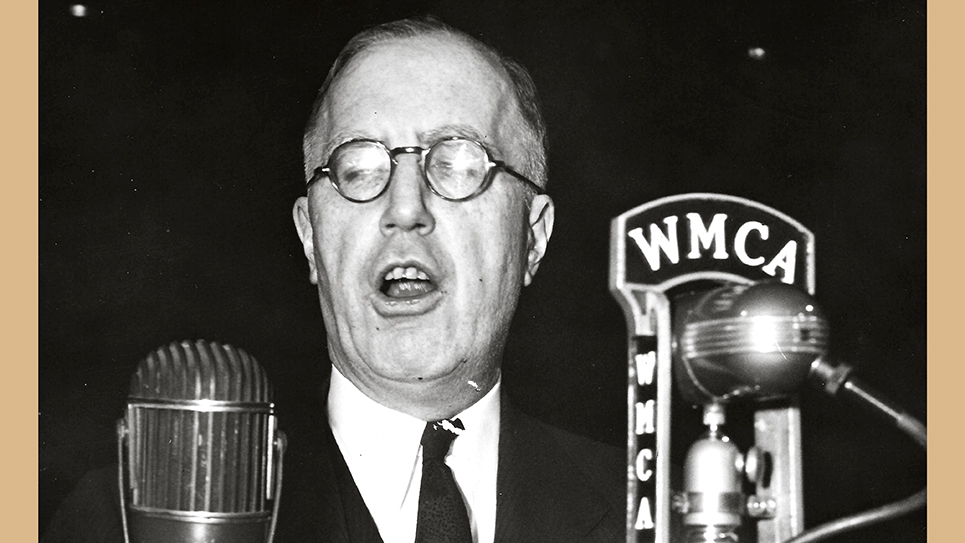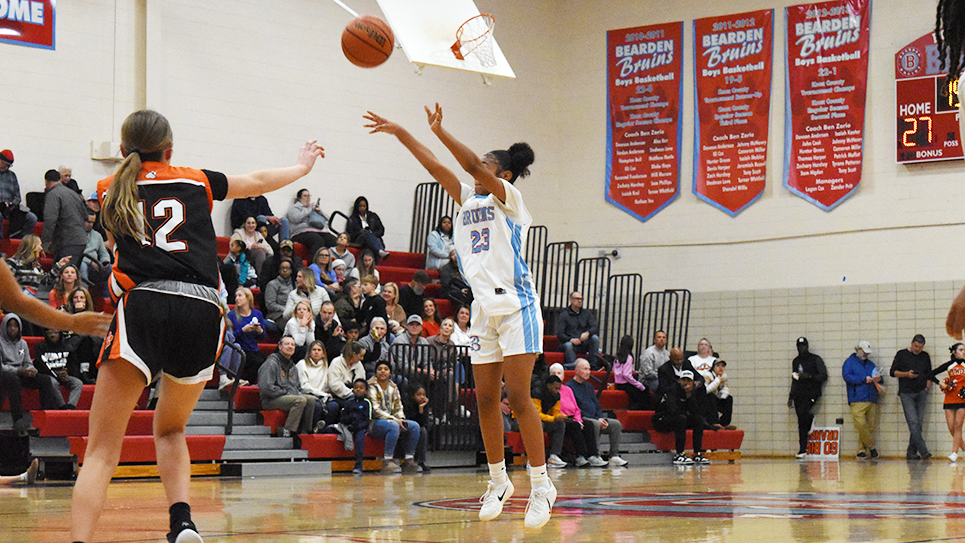It is quite likely there is hardly anyone who grew up in the 1940s, 1950s, and early 1960s who cannot fondly recall the adventures of a particular collie named Lassie. Most of us marveled at Lassie’s intelligence and bravery and her unending devotion to her owner. Our hearts skipped a beat when Lassie was in danger and few of us failed to shed a tear, or buckets of tears, when Lassie was injured. Lassie became the most famous canine star of movies and television of all time. To this day, small children will see a collie and say, “Lassie”.
Lassie’s personal popularity made the breed all the more popular and collies remained among the most popular dog breeds for decades. Even I had one as a small boy whom I named, naturally, Lassie. I well recall my grandfather patiently trying to tell me the white collie was a boy and should be named “Laddie”. I stubbornly refused to countenance such an idea and “Lassie” he remained.
Lassie was an actor after all and a very well trained actor. For one thing, Lassie was played by a male collie named Pal, who was owned by animal trainer Rudd Weatherwax. The idea for the fictional Lassie is credited to British author Eric Knight. Knight was a sometime screenwriter and novelist who struck gold with his book Lassie Come Home. Eric Knight had originally written a short story for the Saturday Evening Post in 1938. The story was well received enough that Knight expanded it to a novel two years later. The rights to Knight’s story was purchased by Hollywood’s most prestigious movie studio, Metro Goldwyn Mayer. MGM filmed Lassie Come Home, the same year Eric Knight, then forty-three years old and serving in the U. S. Army was killed when his plane crashed in the Pacific Theatre.
Lassie Come Home featured two of MGM’s brightest young stars, Roddy McDowell and Elizabeth Taylor. The cast was rounded out by some of Hollywood’s most reliable British character actors. The story was calculated to tug at the heartstrings and succeeded admirably. A family, financially strapped by the Depression, has to sell their faithful collie to the wealthy Duke of Rudling, leaving young Joe Carraclough (McDowell) heartbroken. Lassie, being the obstinate and devoted collie that she is, refuses the Duke’s attentions and persistently flees back to Joe. Thinking to thwart Lassie from leaving again, the Duke takes her to his estate in Scotland. Instead, the Duke is thwarted by his own granddaughter (Taylor) who sees how unhappy Lassie is and helps the collie to get away. On the long trek back to Joe, Lassie endures just about every hardship imaginable; terrific storms, hunger, and pursuit by wicked dogcatchers. Lassie does meet some kind people along the way before Joe finds her waiting for him one day in the schoolyard.
Lassie Come Home earned more than $4.5 million for MGM during World War II, at a time when movie tickets sold for around a quarter. Quite an achievement for a film the studio had not intended to be an “A” picture. Apparently, Lassie Come Home was originally intended to be a “B” picture and shot in black and white. Pal’s performance helped to change minds at MGM who quickly realized the potential and revamped Lassie Come Home.
Bosley Crowther, the movie critic for the New York Times, noted Lassie Come Home “tells the story of a boy and a dog, tells it with such poignance and simple beauty that only the hardest heart can fail to be moved.”
Lassie became so famous the dog dined at the White House with President Franklin D. Roosevelt. Lassie flew in first class on airplanes and his steaks were specially prepared during flights. Not all of Lassie’s co-stars appreciated the collie, fretting he stole their scenes. Lassie also earned more than Elizabeth Taylor did for Lassie Come Home.
Lassie might have been a very different dog indeed had not the original female collie selected for the role not begin to shed terribly during the filming. The dog’s trainer, Rudd Weatherwax, substituted “Pal” in the role. Pal had been intended to be the stunt dog for the picture.
Initially, Pal had been rejected by MGM executives who came to the odd conclusion Pal was too small and did not project the proper image for a canine hero. Pal impressed everyone, most especially the director of Lassie Come Home when filming a scene where Lassie swims across a river and is too exhausted to do anything other than collapse. Pal performed perfectly and the scene did not even require a second take.
Pal had been born in a kennel in North Hollywood and was not deemed to be a show quality dog by the kennel’s owner. Pal was sold to Howard Peck, who, like Rudd Weatherwax, was an animal trainer. Young Pal had two very annoying qualities that vexed Howard Peck; Pal like to chase motorcycles and barked incessantly. Evidently, Peck could not break the pup from those distressing habits and offered to give Pal to Weatherwax in lieu of a debt. Weatherwax gave Pal to another friend but quickly retrieved the rough collie the moment he found out MGM was filming Lassie Come Home. The friend sold Pal back to Weatherwax for the princely sum of $10.00. Once Pal had become quite famous as Lassie, Howard Peck wanted him back, but lost his lawsuit against his former friend.
Hollywood has never been a place that failed to extract every speck of gold from a mine and six more Lassie adventures were filmed by MGM, the last in 1951. Pal starred as Lassie in all seven movies.
When the series concluded, MGM owed Rudd Weathwerwax, Pal’s trainer and owner, money and wanted out of its contract with the animal trainer. Weatherwax made one of the shrewdest business decisions possible when he settled for the rights to Lassie’s name and trademark instead. During the early 1950s Weatherwax and Pal earned a nice living by touring the country and making personal appearances. An enterprising television producer believed there was still a big audience for Lassie and convinced Rudd Weatherwax to participate. It was a wise decision, as the Lassie television show would run for nineteen years.
Lassie’s companion in the TV show, Jeff Miller, was played by actor Tommy Rettig. It was Pal who made the choice of his co-star, as Rettig later recounted that of the three boys up for the part, Pal liked him the best. The role must have been hard on the young actor as Rettig was allergic to dogs.
CBS agreed with producer Robert Maxwell there would likely be a huge audience for a Lassie series and the show debuted in the fall of 1954. Pal only appeared in the pilot episodes and Lassie was thereafter played by his son, Lassie, Jr. Even though he was retired, Pal came to the studio daily with his owner and his son. Pal spent most of his time comfortably ensconced in a bed away from the set. Some cast and crew members noted that when Lassie, Jr. was called upon to perform some trick, Pal would get up out of his bed and perform it as well.
The Lassie television show had been on the air for three years in 1957 and Pal was bothered by arthritis and slowly going blind and deaf. Yet it was clear just how much Rudd Weatherwax loved Pal. Jon Provost, who played “Timmy”, said, “Rudd loved that old dog as much as anyone could love an animal or person.”
In June of 1958 Pal died at age eighteen. Rudd Weatherwax immediately went into a profound depression. He buried Pal on his ranch and frequently went to visit his friend’s grave, but according to his son, Weatherwax would never again watch a Lassie movie. He could not bear it.
One of the stars of the original show, George Cleveland, who played “Gramps” died in July of 1957 and the cast was changed. The producers decided since Cleveland had died, “Gramps” would die on the television show, which alarmed CBS to no end. It was the first time a major character had died on a children’s television show.
Pal’s descendants, for the most part have continued in the role of their sire. Lassie has undergone several reincarnations and revivals. Lassie movies were made and the collie remained on television in some incarnation well into the 2000s. By 2011, there had been no less than eleven Lassie movies. Lassie’s co-stars included not only Roddy McDowell and Elizabeth Taylor, but also Jimmy Stewart and Peter O’Toole.
Variety, the show business bible, named Lassie an icon of the last century in 2005. Lassie was the only animal to make the list. Lassie was also one of the few stars to prosper in every entertainment medium of the time, save for the music business. Lassie had conquered movies, radio and television.
Author Ace Collins once summed up Lassie’s appeal in an interview: “Lassie represents the best a human can be. Lassie doesn’t judge; Lassie would lay down her life for you; Lassie forgives. Lassie is a better role model for humans than probably any human that’s ever been a star on television and the movies.”
No one who has ever watched any Lassie movie can deny the magical bond between human and canine. For many, it was the spark that ignited a love of dogs in many youngsters. Most of us have grown a bit gray and, in some cases, creaky and infirm, but we still remember the indomitable collie always coming home. It still brings tears to one’s eyes.







